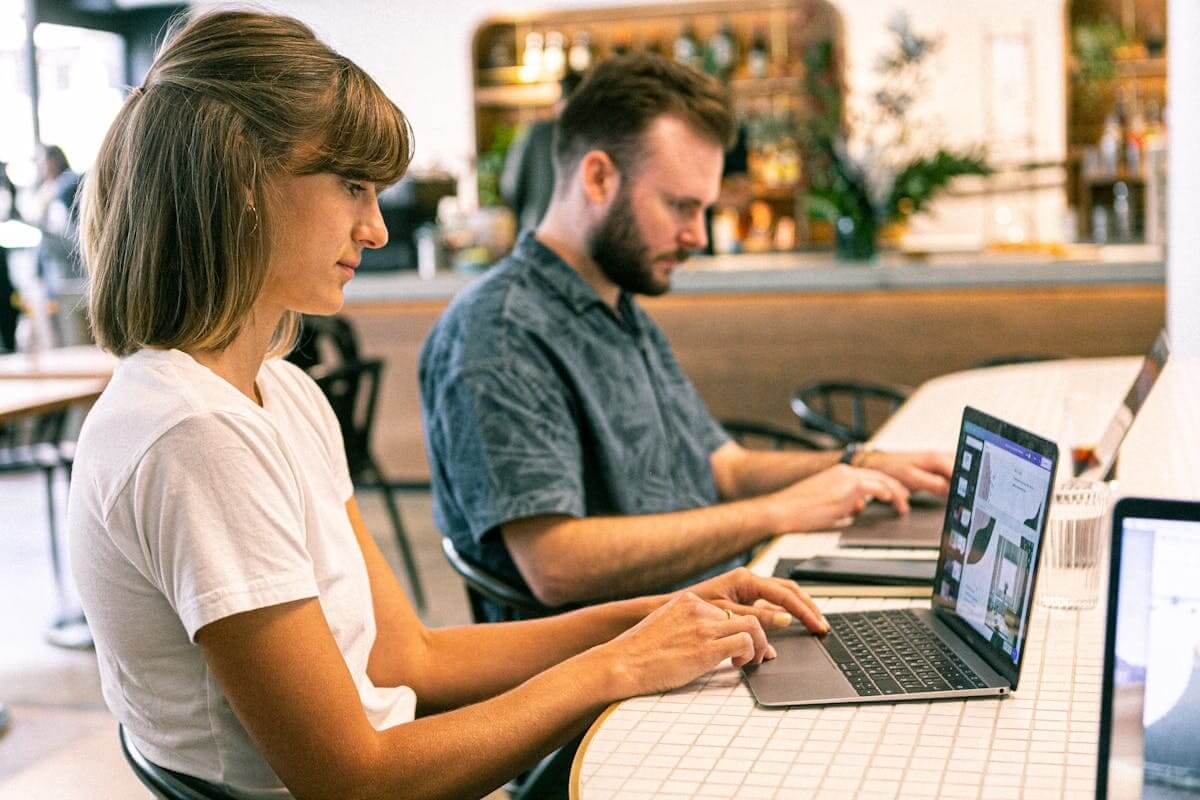Contentsquare x AdaptMyWeb – Interview with Marion Ranvier

Where did the idea for AdaptMyWeb come from?
One in four people today struggle when browsing a website. And according to the WHO, more than 1 billion people in the world live with some type of disability — that’s around 15% of the global population. At the same time, more than 70% of sites are not accessible. The idea for AdaptMyWeb was born of the desire to provide a solution to this issue.
Why are so many sites failing to meet these requirements?
This high percentage of inaccessible sites can be partly explained by the fact that digital accessibility is often seen as complex and time-consuming. Indeed, rewriting one’s site code requires significant human and financial investment.
Accessibility laws are evolving, however, the regulations don’t apply to all sectors. Our goal at Adapt My Web is to raise awareness around the issue of digital accessibility and to help companies become more digitally inclusive. Beyond the regulations, it is our shared responsibility to provide equal access to the web.
Can you explain how the AMW technology works?
In a nutshell: it’s an online assistive solution that allows site visitors to adapt the digital experience to their unique needs — whether because they are dyslexic, have a vision impairment, etc. We designed this solution in collaboration with health professionals and researchers. It’s designed for brands who want to provide an experience that works for everyone — including those with any type of vision impairment (all brands should!).
What type of disability is the technology designed for?
The plug-in helps users with vision impairment (for example, color blindness, glaucoma, cataracts, etc), cognitive impairment (dyslexia, autism, attention deficit disorder, etc), motor performance issues (Parkinson’s, arthritis, etc). It can also help with illiteracy, lack of familiarity with digital technology, etc.
And this is a family project, right?
Yes. My father has been a tech entrepreneur since 1994, and we’d been talking for ages about working together someday. He was newly retired when I left my previous role at Lagardère so the timing was just right! For the last two years he’s been advising us on our product roadmap and helping to guide our innovation strategy.
What’s it like running a company with your father?
It’s wonderful to be able to be on this adventure together. He has excellent advice and was very helpful when it came to putting together our R&D team and selecting technologies.
To be honest, it’s not always plain sailing because we’re both perfectionists, but this shared project has brought us closer together and we make a great team.
Have you always wanted to work in tech?
I actually started my career at the Lagardère group, working in the TV arm of the company. After 5 years there, I was really itching to run my own business, and work on a meaningful project that would really make a difference in people’s lies. So in May 2018 I took over a company called Aidodys, a web platform designed to help dyslexic students with their reading.
What attracted you to this particular company?
I was impressed by the tool, which allowed students to create a fully personalized reader profile, and to then adapt all types of documents (word, pdf, jpeg, etc) to their unique needs.
I myself am slightly dyslexic, and I was excited to raise awareness around the topic and to bring to market a technology that helps students in their every lives.
At some point I started researching website accessibility in an educational context and found the numbers really alarming. In my opinion there is a difference between accessible code and digital accessibility. Accessible code, for example, does not allow the user to personalize their own digital reading profile.
What does it mean to be joining Contentsquare today?
We are thrilled that Contentsquare is committed to helping create a more accessible digital future for all. Jonathan (CEO of Contentsquare) was not interested in simply buying a new technology — from the start, this has been about improving the lives of the many people who live with some form of disability. Joining forces with a company like Contentsquare gives us a tremendous global platform to raise awareness around the issue of digital accessibility and is going to help us go much further, quicker, with this technology.
We’re also excited to be setting up a new foundation with the aim of expanding access to assistive technology to universities, schools and healthcare organizations. Digital accessibility is one of the elements of a more inclusive society, and it’s incredible to see our team’s hard work come to fruition.
Finally, what are some of the things digital teams should keep in mind when designing for accessibility?
As with every project, thinking about accessibility from the get-go is easier than modifying your site after.
Here are a few things businesses can do to make sure their sites can support accessibility interfaces like Jaws or NVDA:
- includes ALT tags on images
- make sure each image has a descriptive title and is contextualized
- make sure you have good contrast
- structure headings for accessibility
You should also do an accessibility audit of your site to locate elements your visitors are struggling with. And of course, get the AdaptMyWeb plugin!


